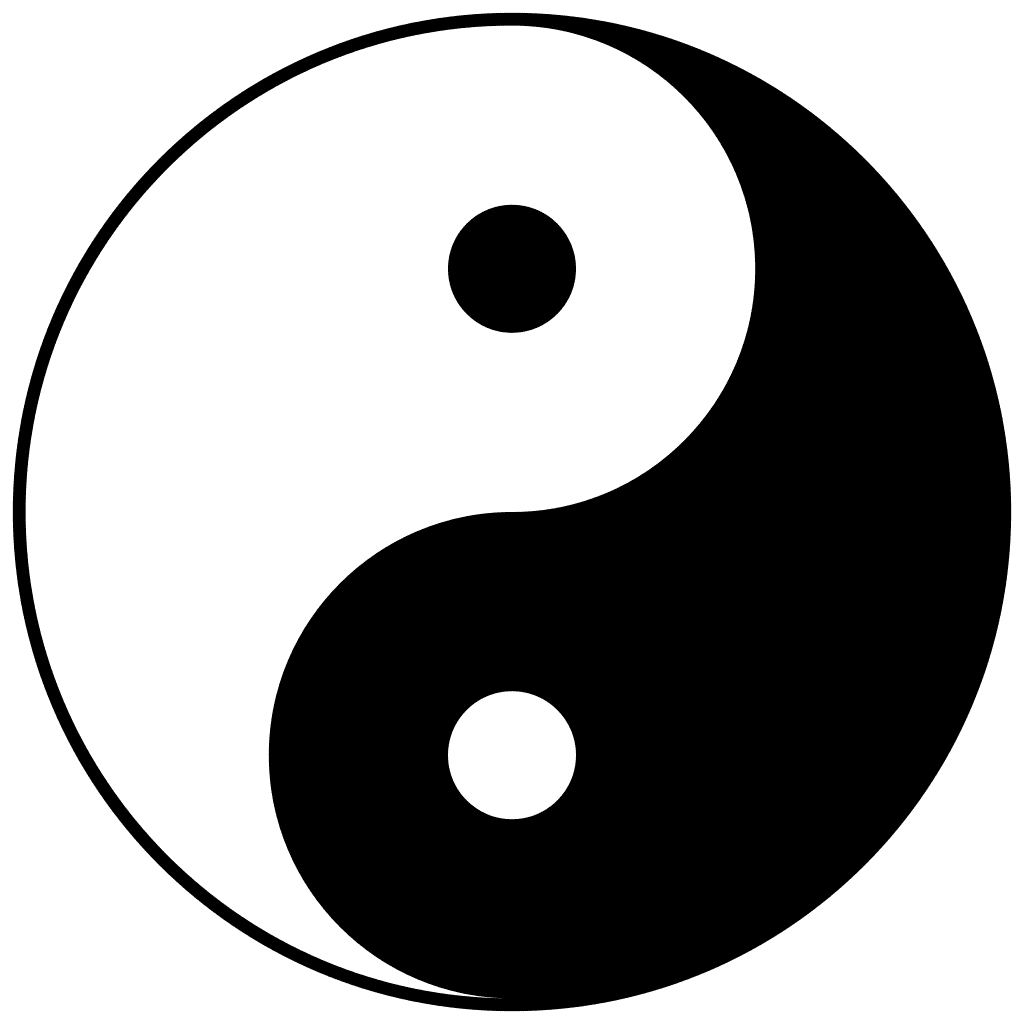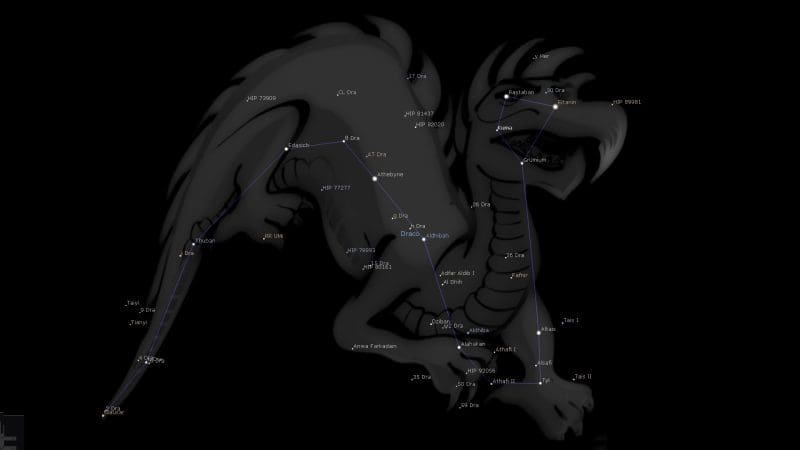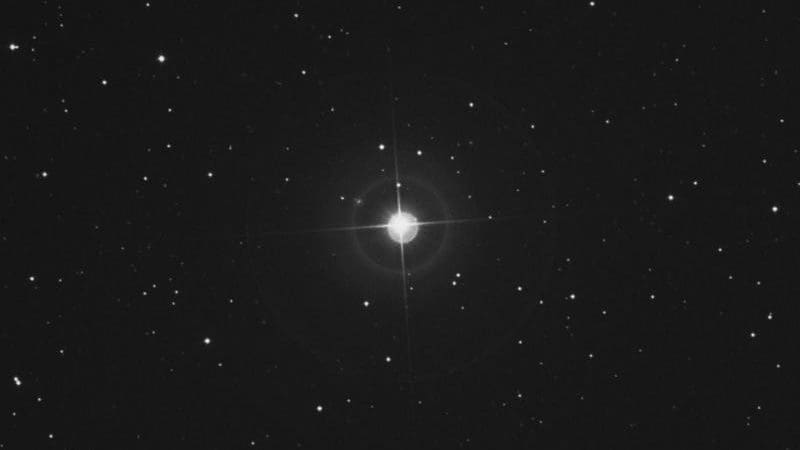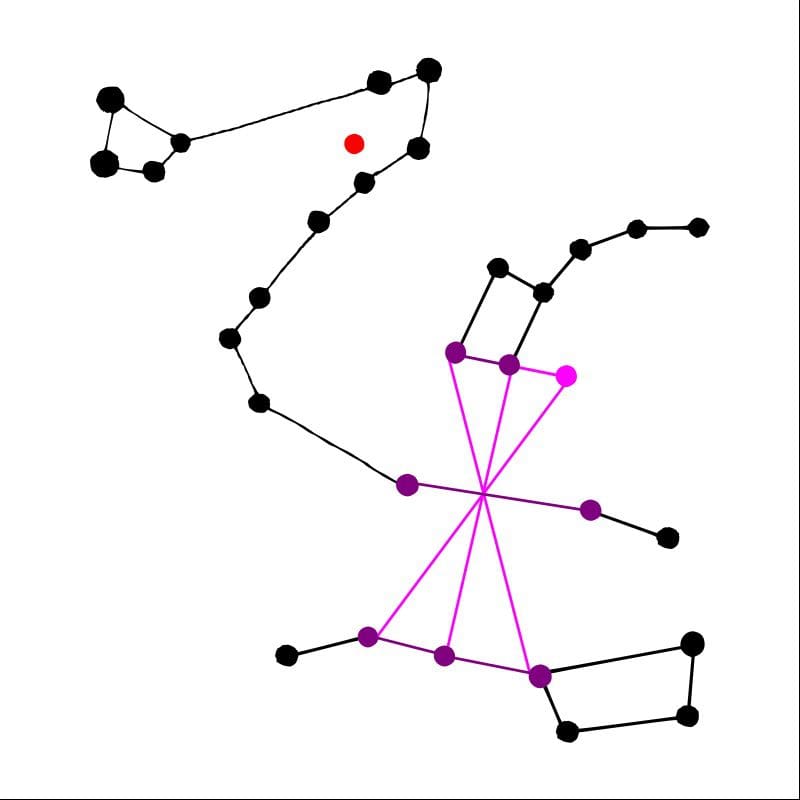FIXED STARS: Major Stars | 1000+ Stars | Constellations | About
Tianyi at 22°57′ Leo as an orb of 1°00′
The Sun joins Tianyi on August 15
7 Draconis, Tianyi is a magnitude 5.4 faint orange-hued star in the tail of the Dragon, Draco Constellation. The traditional Chinese name of Tianyi is from 天乙 (Tiān Yǐ) or 天一 (Tiān Yī, the Celestial Great One), a deity in Taoism. [1]
Tianyi Astrology
Ptolemy said the bright stars in Draco are like Saturn and Mars. [2] This is close to the K5 spectra of Tianyi, which indicates the planetary nature of Mars and Saturn.
K spectra stars impart the drive to succeed, success, activity, power, calamities, notoriety, self-destruction, brute force, bad morals, malice, anxiety, tragedies, boldness, shamelessness, daring, and many dangers. Harsh aspects impart impatience, irritability, hostility, violence, excessive drive, and overly ambitious nature. [3]
If well aspected, fixed star Tianyi may provide harmony and an inner sense of balance and calm. If not, it may provide the opposite.
Constellation Draco
According to Ptolemy, the bright stars are like Saturn and Mars. Draco gives an artistic and emotional but somber nature, a penetrating and analytical mind, much travel and many friends but danger of robbery and of accidental poisoning. It was said by the Ancients that when a comet was here poison was scattered over the world. By the Kabalists, it is associated with the Hebrew letter Mem and the 13th Tarot Trump “Death.” [2]
The early astrologers called Draco “The Poisonous Dragon.” The constellation is especially hurtful to mineral resources and presages the pollution of rivers and the air. The Moon’s Nodes are named after this constellation. The Dragon’s Head (North Node) and the Dragon’s Tail (South Node) refer to the Moon’s undulating course symbolized by the twisting of the Dragon about the North Pole. [4]
Tianyi Mythology
Most gods in Chinese mythology are identified with stars and constellations. The small star Tianyi is named after a supreme deity in Chinese mythology.
Tiān (天) is one of the oldest Chinese terms for heaven and a key concept in Chinese mythology, philosophy, and religion. Tiān was variously thought of as a “supreme power reigning over lesser gods and human beings” that brought “order and calm…or catastrophe and punishment”, a god, destiny, an “impersonal” natural force that controlled various events, a holy world or afterlife containing other worlds or afterlives, or one or more of these. [5]
Tianyi is one of the three main gods worshiped by the royal family in the Han Dynasty. The traditional festival of worship is today’s Lantern Festival. During the reign of Emperor Wu of the Han Dynasty, the sacrificial activities of the “Trinity Lord God” were set on the fifteenth day of the first lunar month. (Trinity Lord God: Heaven One, Earth One, Tai One, the God who dominates everything in the universe). [6] According to Didier, the “Trinity Lord God” was Sanyi 三一, or “Three Ones.” [7]
| 2000 | Star | Name | Deity |
| 22♌57 | 7 Draconis | 天一 Tianyi | Heavenly One |
| 26♌11 | 8 Draconis | 太一 Taiyi | Great One |
| 24♌47 | 9 Draconis | 地 Diyi | Earthly One |
The front line straight fights three stars, follow the north end to exchange, if you see it or not, it is called Yinde, or Tianyi,” the God of the emperor of heaven, masters battles, and knows the good and bad of people. If there is light, there will be harmony between yin and yang, and all things will be successful, and people will be good; otherwise, it will be the opposite. [6]
To understand just how important 7 Draconis is in Chinese mythology, we have to zoom out to look at the constellations around the north ecliptic pole (the red dot in the image below).
The Dragon (Draco) slithers between the Little Dipper (Ursa Minor) and the Big Dipper (Ursa Major). Respectively these Bears represent yin and yang, death and life. As the symbol of the “protean” primordial power, which contains yin and yang as one, the Dragon is the curved line in-between yin and yang ☯. [8]
Another Chinese term for the supreme God Tiān 天 is Dì 帝 (“Deity”). God is considered manifest in this world as the stars around the north ecliptic pole, or Tiānmén 天門 (“Gate of Heaven”). Dì 帝 is represented in the image below as a symbol connecting the stars γ, β, and 5 of Ursa Minor and ζ, ε, and δ of Ursa Major.[8]
By connecting stars within the same cluster, ancient priests-astronomers drew 口 Dīng, the original form of the word Dì itself, which would represent the supreme God as a square. [7]
The closest stars to the intersection of the symbol for Dì 帝 shown above are the three stars 7, 8 and 9 Draconis. The curved line in the Yin Yang symbol below is Draco, separating the two sides (Ursa Major and Ursa Minor). At the center of the Yin Yang Symbol would be the “Trinity Lord God” or “Three Ones.”
References
- WG Triennial Report (2015-2018) – Star Names, p. 7.
- Fixed Stars and Constellations in Astrology, Vivian E. Robson, 1923, p.43, 194.
- The Power of the Fixed Stars, Joseph E. Rigor, 1979, p.246
- Fixed Stars and Judicial Astrology, George Noonan, 1990, p.10.
- Tian – Wikipedia.
- Tianyi (word) – Wikipedia.
- In and Outside the Square: The Sky and the Power of Belief in Ancient China and the World, c. 4500 BC – AD 200” Didier, John C. Didier, 2009, p.214, 216, Vol. I.
- Chinese Theology – Wikipedia.
- All fixed star positions are for the year 2000. Add one degree per 72 years to correct for precession.



